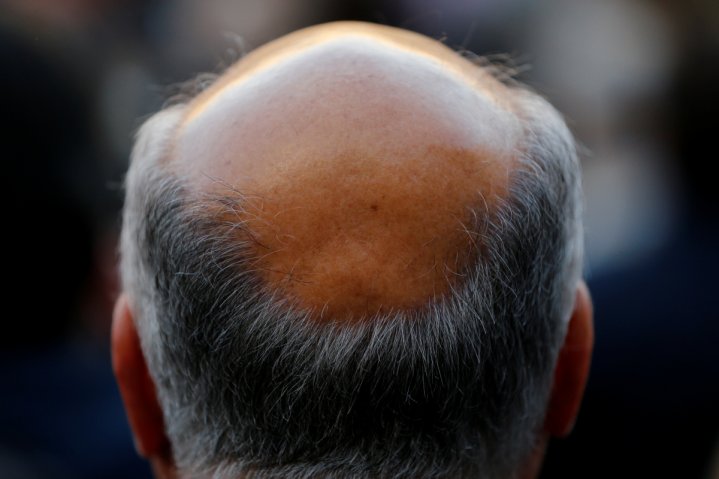
Even though your skin goes through unlimited wear and tear, it is able to repair itself. How does it undertake these regrowth factory activities? There are reservoirs of stem cells within supportive micro-environments, also called niches, throughout the skin. They can keep a tight leash on this repairing process. Too much tissue can lead to complications such as cancer, even though too less may enhance ageing.
Can stem cells direct other stem cells to reform into new skin when they reshape their niches? A study published in Science, led by Prof. Elaine Fuchs actually shows that stem cells have an effect on tissue regeneration. It marks out a molecular coordination tool that can be leveraged by stem cells to convey signals across niches.
The scientists wrote in the abstract of their article, published in Science: "Tissues rely on stem cells (SCs) for homeostasis and wound-repair. SCs reside in specialized microenvironments (niches) whose complexities and roles in orchestrating tissue growth are still unfolding. Here, we identify lymphatic capillaries as critical SC-niche components. In skin, lymphatics form intimate networks around hair follicle (HF) SCs."
Hence, another component of the niche that was revealed was the lymphatic capillaries, specialized types of vessels. They transport immune cells and also drain out excess fluids and toxins from tissues. As the capillaries integrate into a close network around the stem cell niche inside every hair follicle, all the niches get interconnected.

"By turning the skin completely transparent," says postdoctoral fellow Shiri Gur-Cohen, "we were able to reveal the complex architecture of this network of tubes." Researchers identified that the hair-follicle stem cells manage the behavior of lymphatic capillaries. They do this by secreting molecules acting as on-off switches for drainage. They enabled them to monitor the compositions of fluids and cells around them and finally synchronize regeneration across the tissues.
"The involvement of the lymphatic system in this process is a new concept," says Fuchs, "and might potentially provide new therapeutic targets for lymph-related conditions such as wound-healing defects and hair loss." The scientists summarized their findings in Science: "When lymphatics are perturbed or the secretome switch is disrupted, HFs cycle precociously and tissue regeneration becomes asynchronous. In unearthing lymphatic capillaries as a critical SC-niche element, we have learned how SCs coordinate their activity across a tissue."
Hence, to those who haven't understood why they are losing hair in tufts, checking out the scientific experiments on your lymphatic systems can go a long way in figuring out how it can be regrown.









